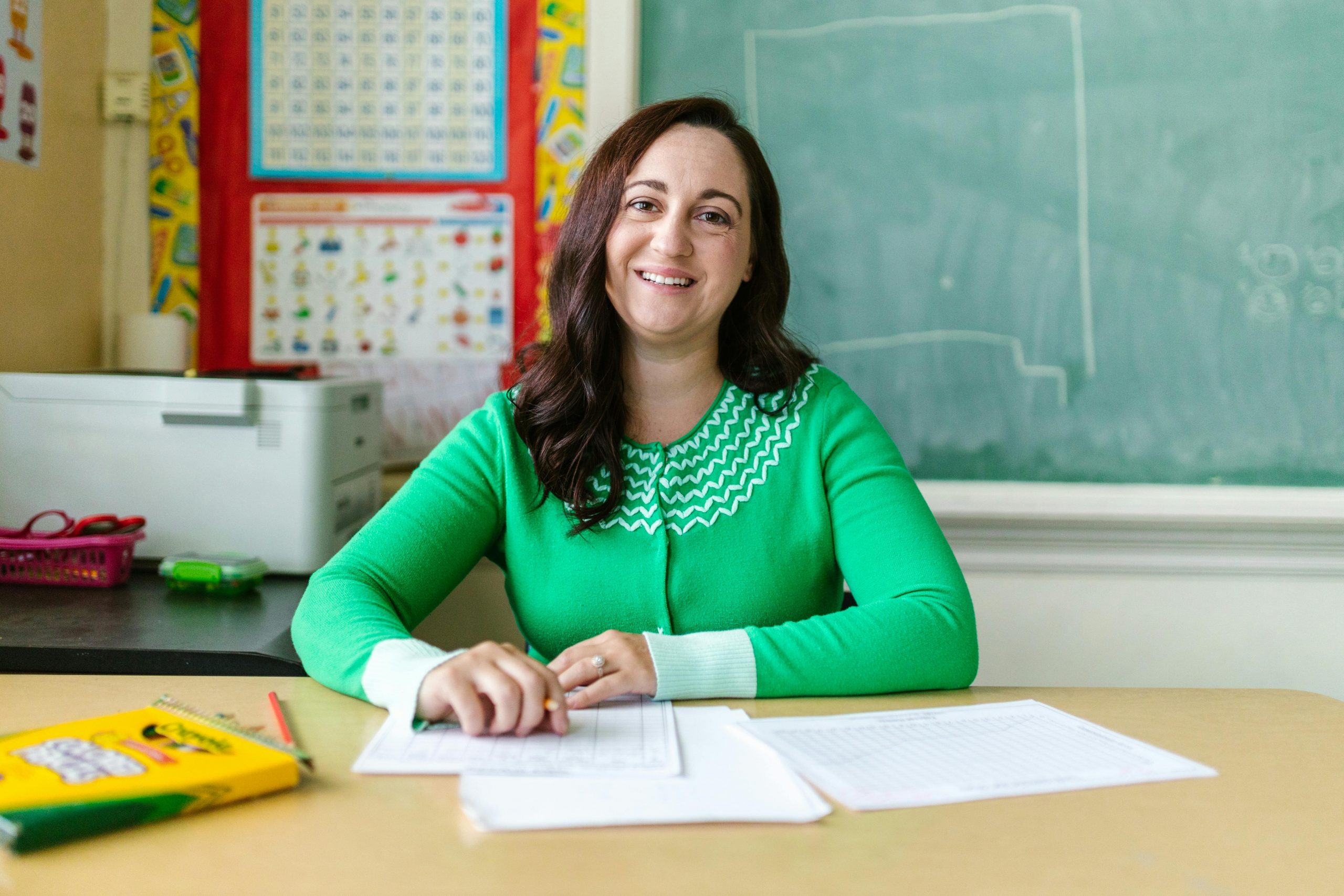What Can You Do When a Child Refuses to Speak in Class?
How to support a quiet student in the classroom. Every teacher has encountered that one student—the child who seems to disappear into the walls. Quiet. Withdrawn. Silent during class discussions. I remember facing this exact situation early in my teaching career. I had a student who wouldn’t say a word, no matter what I tried. Honestly? I felt helpless.
I kept asking myself, Am I failing this child? How do I reach someone who won’t even speak?
If you’re dealing with a selectively mute student, a quiet learner, or just a shy child in the classroom, you are definitely not alone. This is more common than most teachers realize—and it doesn’t mean you’re doing something wrong.
The key to unlocking a child’s silence is understanding what drives them—and gently using that to build connection and trust.
Here are five classroom-tested strategies that have worked wonders for me:
✅ 1. Build Trust Gradually
Start small. Use nonverbal responses like thumbs up/thumbs down, emojis, drawing, or even a check-in journal. Make your classroom a low-pressure zone where the student feels emotionally safe.
✅ 2. Use Pair or Small Group Work
Quiet students often feel overwhelmed by whole-group activities. Try pairing them with a trusted peer or incorporating small group learning activities. It lowers the stakes and allows their voice to emerge at their own pace.
✅ 3. Offer Multiple Ways to Participate
Some students prefer written expression or even voice recordings over speaking aloud. Give them choices for how they share ideas—this fosters autonomy and confidence.
✅ 4. Celebrate Small Wins
Did they whisper a response to a partner? Nod in agreement? Write something meaningful? Acknowledge it. Positive reinforcement, even for baby steps, builds momentum.
✅ 5. Collaborate with Families
Open a dialogue with parents or caregivers. They often know what environments help their child feel most comfortable. Working together can uncover personalized strategies that work both at school and at home.
Supporting a quiet child isn’t about forcing them to speak—it’s about creating a classroom culture where every student feels seen, valued, and safe.
Want more tools like this to help build student confidence and classroom community? Check out my Teacher RockStar Academy course—it’s designed to help new teachers conquer real-world challenges with practical strategies that actually work.
And if you’re looking for more research and expert insight on helping children with anxiety and communication challenges, the Child Mind Institute has excellent resources.
Final Thought
Remember: every child’s voice matters. With empathy, patience, and the right techniques, you can help even the quietest student find their place—and their voice—in your classroom.









